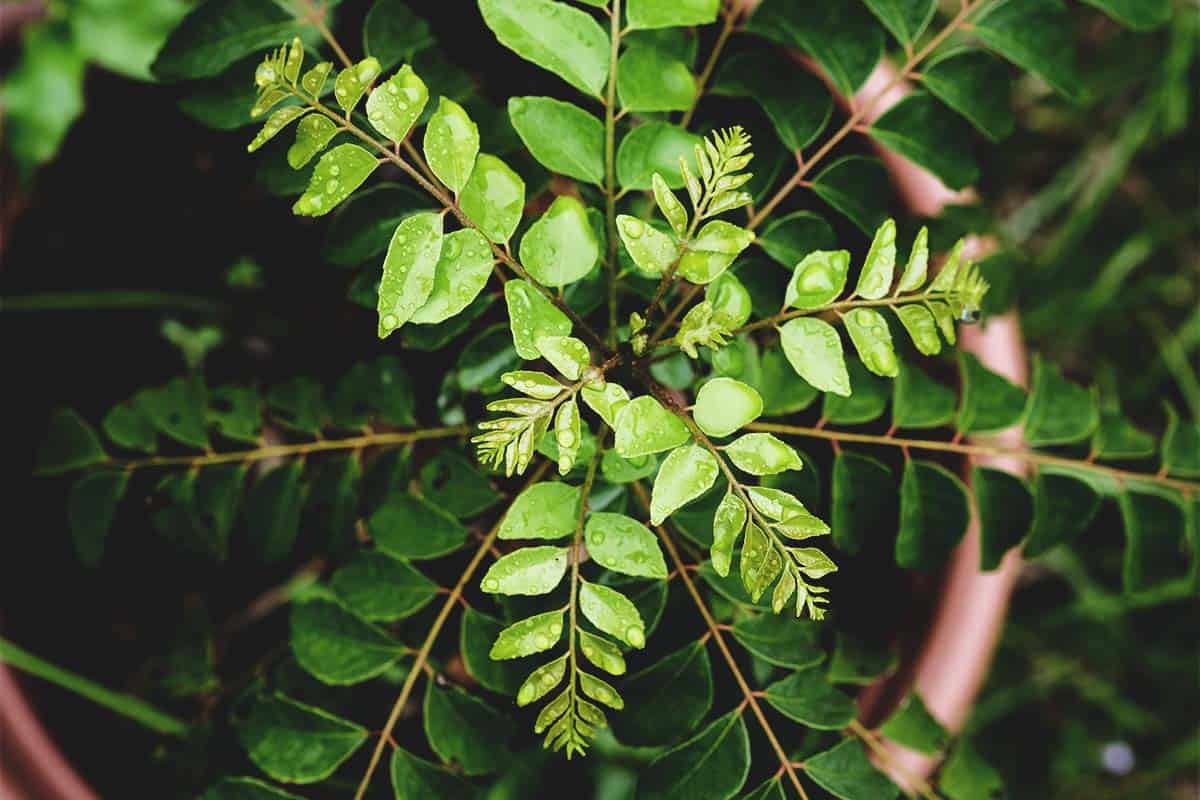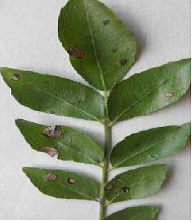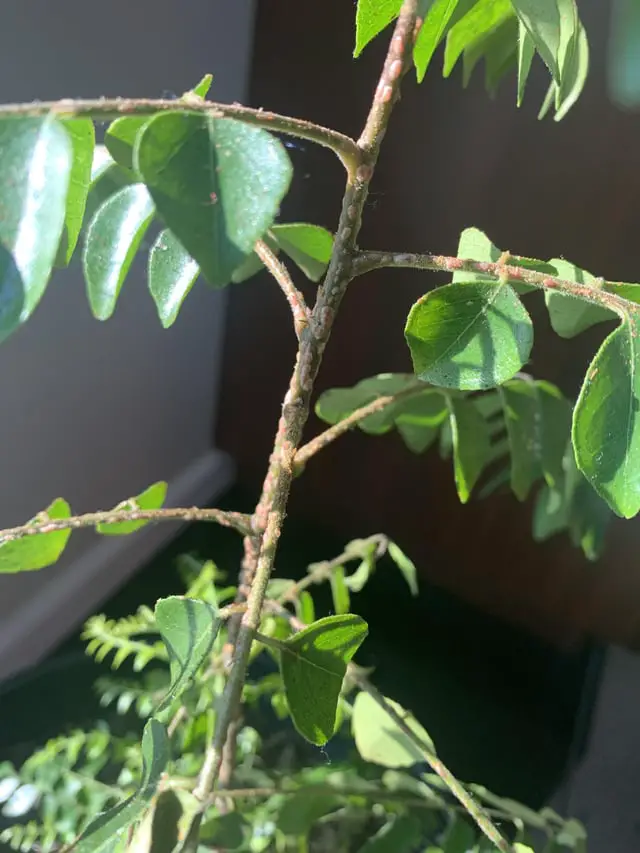The curry leaf plant, known scientifically as Bergera koenigii, is beloved in many kitchens. Its aromatic leaves add flavor to numerous dishes, especially in Indian cuisine. However, like all plants, it faces challenges from pests and diseases. This article explores the common pests and diseases affecting curry leaf plants and how to prevent them.

1. Understanding the Curry Leaf Plant
Curry leaf plants thrive in warm climates. They grow best in well-drained soil and need sunlight. These plants can grow up to 6 meters tall. They have small, fragrant white flowers and shiny black fruits.
2. Common Pests
Pests can harm curry leaf plants. Here are the most common ones:
| Pest | Description | Symptoms |
|---|---|---|
| Leaf Miners | These are small larvae that burrow into leaves. | Leaves show winding trails or spots. |
| Aphids | Small, soft-bodied insects that suck sap. | Leaves may curl or yellow. |
| Mealybugs | White, cotton-like pests that cling to stems. | Sticky honeydew on leaves. |
| Spider Mites | Tiny red or green mites. | Fine webbing on leaves, yellow spots. |
3. Common Diseases
Diseases can also affect curry leaf plants. Here are the most common:
| Disease | Description | Symptoms |
|---|---|---|
| Powdery Mildew | A fungal disease that appears as white powder. | White spots on leaves, stunted growth. |
| Root Rot | Caused by overwatering and poor drainage. | Wilting leaves, blackened roots. |
| Leaf Spot | Fungal infections causing dark spots. | Dark brown spots on leaves, leaf drop. |

4. Prevention Tips
Preventing pests and diseases is key to a healthy curry leaf plant. Here are some effective strategies:
- Proper Watering: Water the plant at the base. Avoid wetting the leaves.
- Well-Drained Soil: Use soil that drains well. This helps prevent root rot.
- Regular Inspections: Check your plants weekly for pests and diseases.
- Cleanliness: Keep the area around the plant clean. Remove fallen leaves and debris.
- Natural Predators: Encourage ladybugs and lacewings in your garden. They eat pests.
5. Organic Solutions
Organic solutions can help manage pests and diseases. Here are some options:
- Neem Oil: This oil disrupts the life cycle of pests.
- Insecticidal Soap: It suffocates soft-bodied insects like aphids.
- Garlic Spray: Garlic acts as a natural insect repellent.
6. Chemical Treatments
If pests or diseases become severe, chemical treatments may be necessary. Use them as a last resort. Always follow the instructions carefully. Here are some options:
- Systemic Insecticides: These are absorbed by the plant, affecting pests.
- Fungicides: These combat fungal diseases effectively.
7. Conclusion
Curry leaf plants bring joy and flavor to many dishes. However, they can face challenges from pests and diseases. By following the tips provided, he can protect his curry leaf plants effectively. Regular care and attention ensure the plants thrive and produce delicious leaves.
With the right knowledge, he can enjoy a healthy curry leaf plant for years to come.
Frequently Asked Questions
What Pests Affect Curry Leaf Plants?
Common pests include aphids, spider mites, and whiteflies. They can damage the leaves and overall health.
How To Identify Curry Leaf Plant Diseases?
Look for yellowing leaves, wilting, or unusual spots. These symptoms indicate potential disease issues.
Can I Use Neem Oil For Pest Control?
Yes, neem oil is effective against many pests and is safe for curry leaf plants.
How To Prevent Pests On Curry Leaf Plants?
Regularly inspect plants, maintain cleanliness, and use organic pesticides to deter pests.


